Free Recipe Card
-
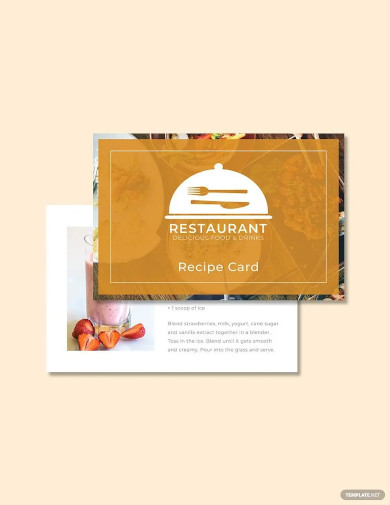
Free Recipe Card
download now -
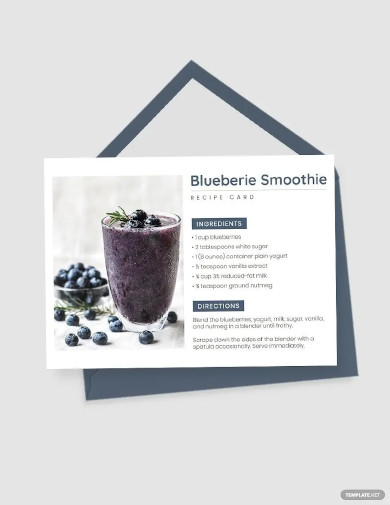
Free Editable Recipe Card
download now -
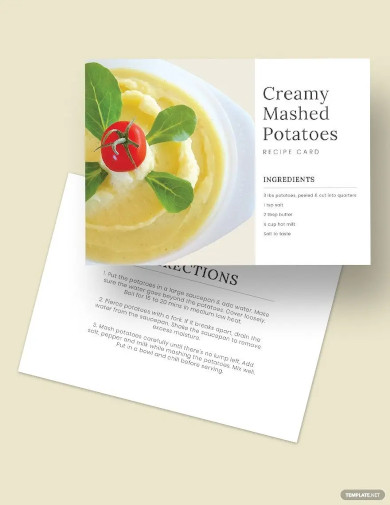
Standard Recipe Card
download now -
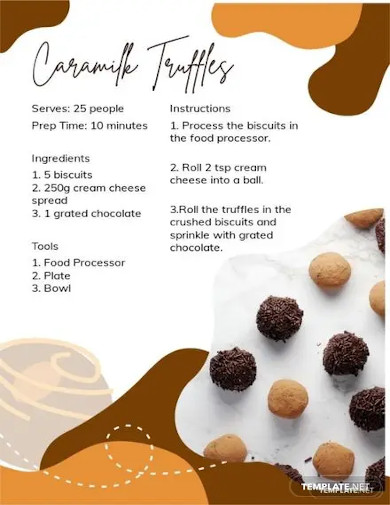
Free Printable Recipe Card
download now -
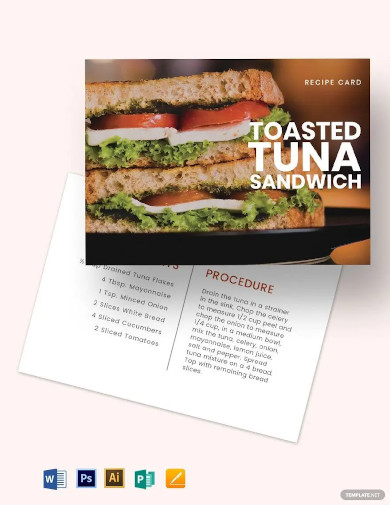
Free Sandwich Recipe Card
download now -
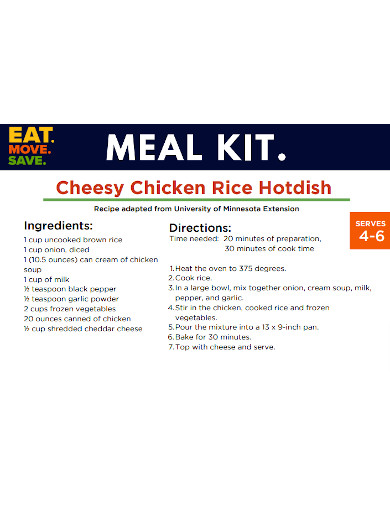
Meal Kit Recipe Cards
download now -
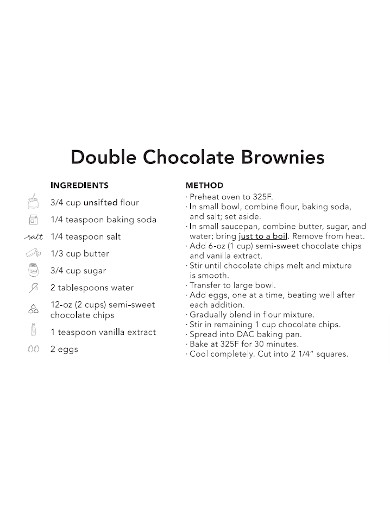
Brownie Recipe Card
download now -
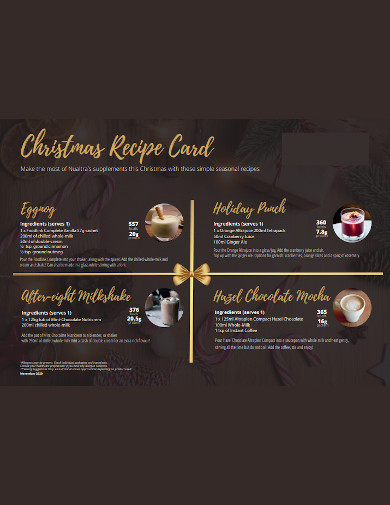
Christmas Recipe Card
download now -

Dessert Recipe Card
download now -
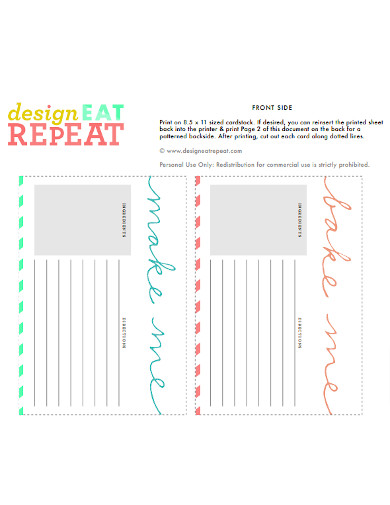
Printable Recipe Cards
download now -
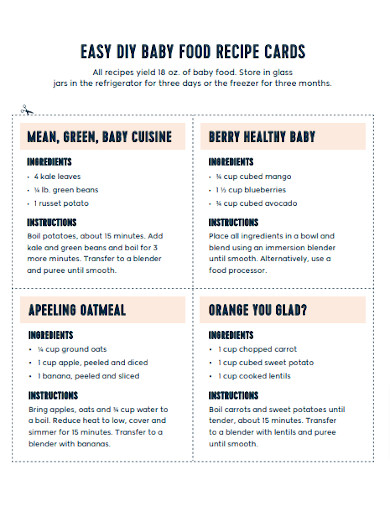
DIY Recipe Card
download now -
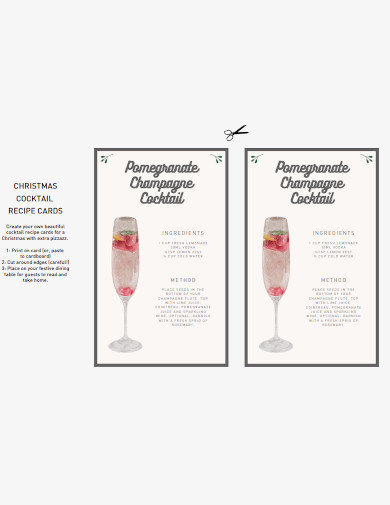
Cocktail Recipe Cards
download now -
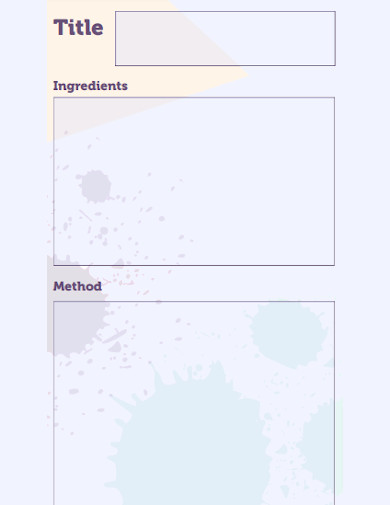
Blank Recipe Card
download now -

Old Recipe Card
download now -
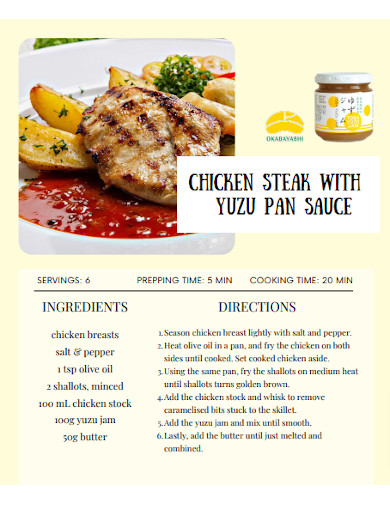
Cute Recipe Card
download now -
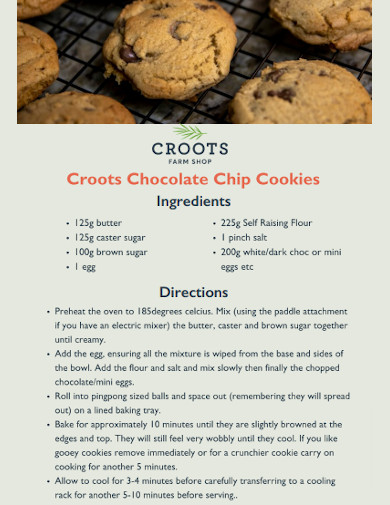
Cookies Recipe Card
download now -
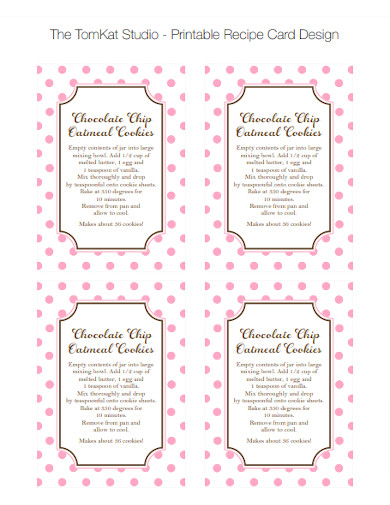
Design Recipe Card
download now -
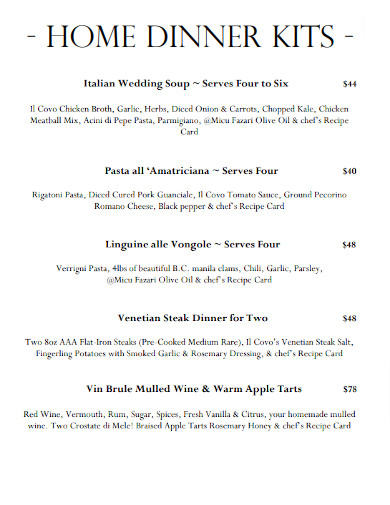
Wedding Recipe Cards
download now -
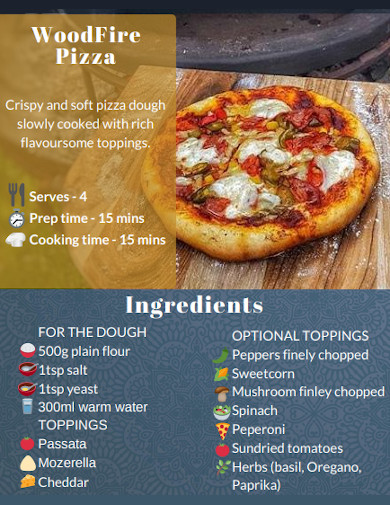
Pizza Recipe Card
download now -
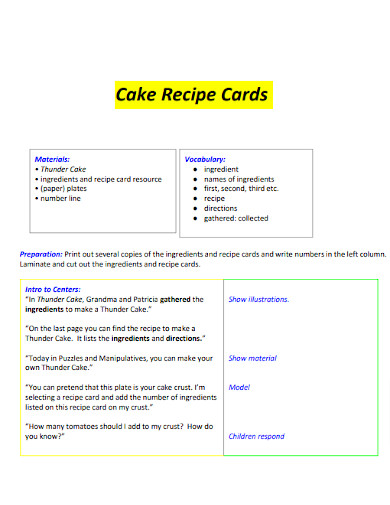
Cake Recipe Cards
download now -

Kitchen Recipe Card
download now -
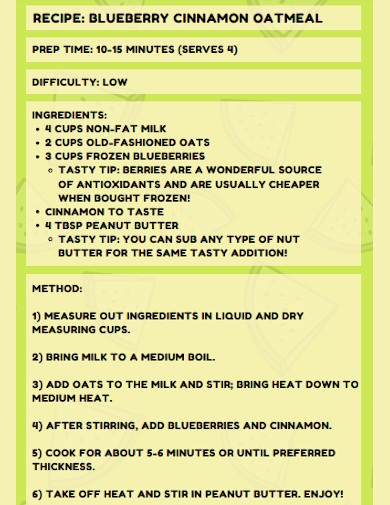
Background Recipe Card
download now -
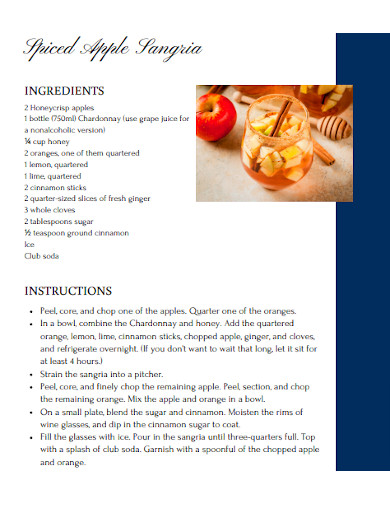
Modern Recipe Card
download now -
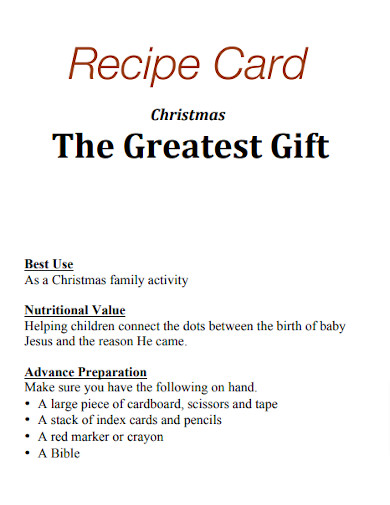
Simple Recipe Cards
download now -
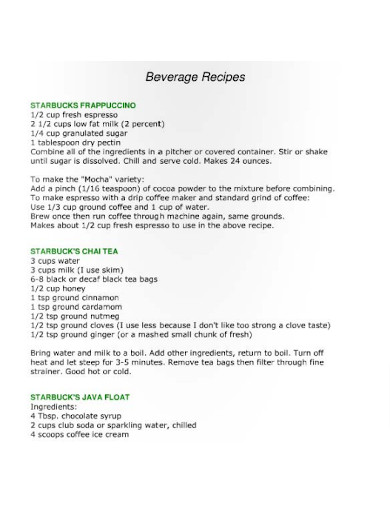
Starbucks Recipe Card
download now -
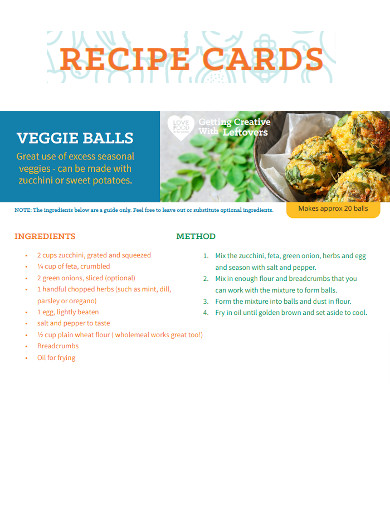
Creative Recipe Cards
download now -
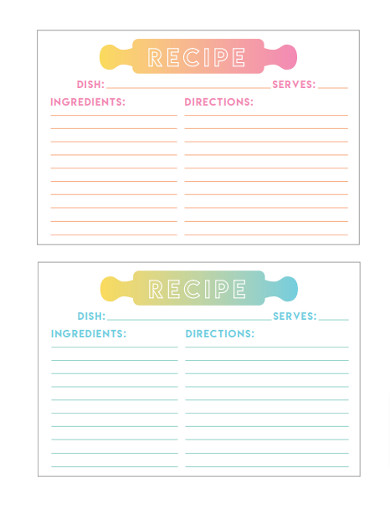
Sample Recipe Cards
download now -
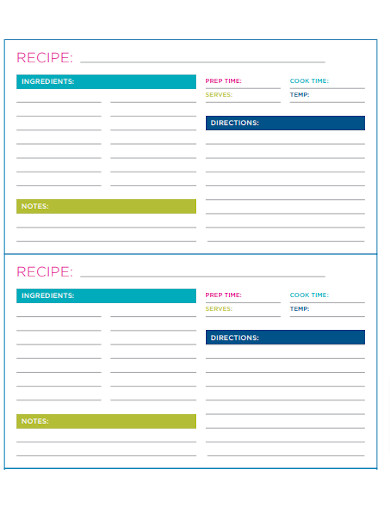
Editable Recipe Cards
download now
What are Recipe Cards?
Recipe cards have a rich history dating back to the 19th century when handwritten recipe collections evolved into standardized cards. They provide a concise and organized format for documenting culinary instructions, typically including essential information such as ingredient lists, measurements, cooking instructions, sample nutrition facts, and serving suggestions. Recipe cards serve a dual purpose, benefiting both individuals and professionals. Individuals use them to preserve family traditions, share recipes, and create personal collections. Professionals rely on recipe cards to streamline operations, maintain consistency, and share their creations. With their clear structure and accessible format, recipe cards ensure accurate results and easy retrieval. Whether in print or digital form, recipe cards are timeless tools that capture the essence of culinary artistry.
Recipe cards hold significant value and prove highly effective for individuals and professionals alike, including chefs, caterers, food content creators, and more. For individuals, recipe cards provide a tangible way to preserve family traditions and share beloved recipes. According to a survey conducted by Allrecipes, 71% of home cooks prefer using printed recipes. Additionally, professionals benefit from recipe cards as they streamline kitchen operations, ensure consistency, and facilitate staff training. A study published in the Journal of Culinary Science & Technology stated that 89% of chefs and culinary professionals consider standardized recipe cards essential for maintaining quality and efficiency. With their clear format and easy accessibility, recipe cards empower individuals and professionals to create, replicate, and share culinary masterpieces with precision and confidence.
Basic Elements of a Recipe Card
The basic elements of a recipe card are essential for organizing and conveying culinary methods and work instructions effectively. From the recipe title and ingredient list to cooking time and serving size, each element plays a crucial role in guiding users through the cooking process and ensuring successful results.
Types of Recipe Cards
Explore the diverse world of recipe cards, catering to the needs of home cooks and culinary professionals alike. From traditional handwritten designs to digital and interactive formats, each type offers a unique approach to organizing, preserving, and sharing culinary creations. Discover the perfect recipe card that suits your style and kitchen needs.
How to Create a Recipe Card
Creating your own recipe card is a fun and rewarding endeavor. In this section, we will guide you through the step-by-step process of designing and crafting a personalized recipe card. From selecting a layout to adding essential elements, get ready to showcase your culinary creations in style.
Step 1: Determine the Format
Decide whether you want a printable or digital recipe card. Printable cards provide a tangible, handwritten feel, while digital cards offer flexibility for editing and sharing online.
Step 2: Design the Layout
Choose a layout that suits your style and kitchen aesthetic. Consider including elements like a title, ingredient list, instructions, and visual elements. Keep the design clean, legible, and visually appealing.
Step 3: Select the Size
Decide on the size of your recipe card. A full-page card allows for more detailed instructions and visuals, while a compact size is convenient for organizing and storing multiple cards.
Step 4: Add Essential Elements
Include key elements such as the recipe title, ingredient list with accurate measurements, clear instructions, cooking time, and serving size. Optionally, incorporate dietary information, tips, or source credits to enhance the card’s usefulness.
Step 5: Customize and Finalize the Recipe Card
Add your personal touch by choosing fonts, colors, and visual elements that align with your style. Proofread the card for accuracy and clarity. Make any necessary adjustments and save the card in your preferred format, whether as a printable file or a digital image.
FAQs
A recipe card template is a pre-designed layout that provides a structured format for recording culinary instructions. It includes sections for the recipe title, ingredient list, instructions, and other essential details. Using a template saves time and ensures consistency in organizing and presenting recipes.
Yes, recipe cards are often designed to be printable. Once you have filled in the details, you can easily print them out on standard paper or cardstock. Printable recipe cards offer the convenience of having a physical copy in hand while cooking.
Absolutely! Blank and editable recipe cards allow you to customize and adapt the card to your specific needs using a PDF editor online. You can fill in the details manually or type them directly into the editable fields. This flexibility makes it easy to modify recipes, add personal touches, or make adjustments over time.
Design plays a crucial role in recipe cards as it enhances visual appeal and readability. A well-designed card captures attention, makes it easier to follow instructions, and adds a touch of creativity to your recipe collection. Modern designs often incorporate sleek and stylish elements that align with contemporary kitchen aesthetics.
Yes, recipe cards can come in full-page sizes. This larger format allows for more space to include detailed instructions, ingredient lists, and even visual elements like images or illustrations. Full-page recipe cards are particularly useful when you want to showcase complex recipes or provide ample room for handwritten notes.
PDF (Portable Document Format) is a popular file format used for recipe cards. PDF documents or PDF files are widely compatible and can be opened and printed on various devices and platforms. They preserve the formatting and design of the card, ensuring that it looks the same regardless of the device used to access it.
Sample recipe cards are important tools in the modern kitchen. They provide a convenient and organized way to store and access your favorite recipes. With their printable and editable formats, modern design elements, and compatibility with digital platforms, sample recipe cards seamlessly integrate into the digital age while maintaining the traditional charm of handwritten recipes. They help streamline cooking processes, inspire creativity, and contribute to a well-curated culinary experience in the kitchen.
What is a recipe card template?
Are recipe cards printable?
Can recipe cards be blank and editable?
What role does design play in recipe cards?
Can recipe cards be full-page in size?
What file format is commonly used for recipe cards?
How do sample recipe cards fit into the modern kitchen?
Sample recipe cards offer a versatile and user-friendly solution for organizing and sharing culinary creations. Understanding the basic elements of a recipe card, exploring different types of cards, and following the steps to create one ensures a well-designed and functional tool. Whether using a printable, blank, editable template or opting for a handwritten design, full-page, or PDF format, recipe cards play a vital role in enhancing the cooking experience and preserving cherished recipes in a visually appealing manner. So, whether you’re an aspiring home cook or a seasoned culinary expert, our modern recipe cards will elevate your cooking experience and help you create a lasting collection of gastronomic delights. Sample.net provides a wide-ranging collection of comprehensive PDF document templates and other cards such as business card samples, trading cards, and vaccine cards.